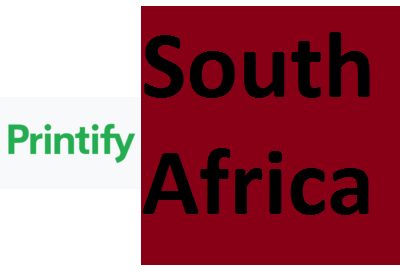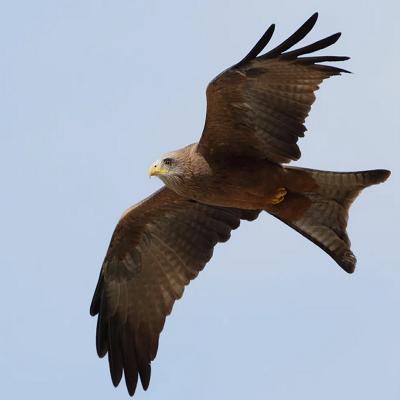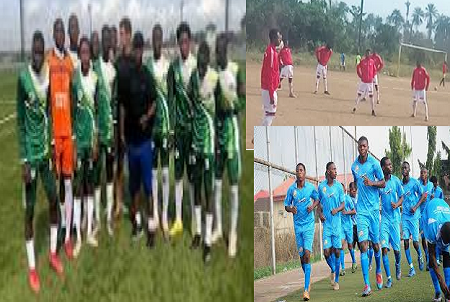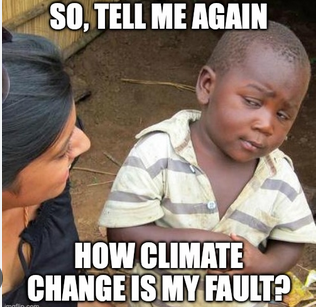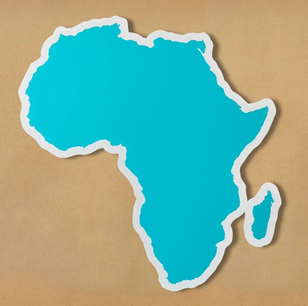
The richest countries in Africa are outside Africa. Africa often makes up the lists of the poorest countries in the world, despite its huge economic potentials. This continent of over 1.3 billion people is the second largest continent, and the second most populous continent in the world. Africa has numerous mineral resources, fertile soil for agriculture, adequate rainfall, liberal sunshine, and geological wonders in abundance.
The richest African countries may not compete favorably with the richest countries of Europe or the Americas because those countries have deeper, more robust economies and generate more wealth from the resources they have. By contrast; years of war, poor planning, and the lack of competent leadership have combined to undermine Africa’s economic growth.
The purpose of this article is not to complain about the problems facing Africa, but to highlight the recent growth, and economic potentials in Africa.
The Richest Countries in Africa
Mauritius
Mauritius is a country in Eastern Africa that in many ways resembles India. This is actually an island nation in the Indian Ocean, just 2000 kilometers southeast of the African continent. The population of Mauritius stands at 1,265,475, and the land is a small one; about 2000 square kilometers.
Mauritius is quite a developed country: with a GDP per capita of 22,030, this is one of the richest countries in Africa. The people enjoy a high standard of life, with free Universal Healthcare, and Free Education up to tertiary level. They also enjoy free transportation for students, disabled people, and the elderly.
The economy of Mauritius is heavily supported by agriculture; the country is one of the biggest producers of sugar cane. Recently, the country has become a hub of banking; as many companies have come to set up shop in the country, even though their products are sometimes targeted at other countries. Tourism, textiles, and other sectors are also growing in importance.
Seychelles
Is a country in the Indian Ocean, made up of a group of small islands. The country has a population of about 98,462. The country was a British colony, but became an independent nation in 1976. This beautiful country is inhabited by people of diverse ethnicity including British, French, Chinese, and of course, the indigenous Creoles.
Seychelles has a GDP per capita of $26,119. The economy is diversified; important activities in the country include fishing, tourism, and agriculture. Sweet potatoes, cassava, banana, cinnamon, and poultry are produced in large quantities. Tourism, food processing, and beverage making are also important.
Equatorial Guinea
Equatorial Guinea is a country on the western coast of Central Africa. This is a beautiful country with a rich culture and colorful society. Equatorial Guinea is one of the few countries in Africa to speak Spanish and Portuguese. The population of Equatorial Guinea is put at around 1,468,777.
Equatorial Guinea has a GDP Per Capita of $18,236. The Economy is supported by oil production, but cocoa cultivation and processing is still a very important economic activity in the country. Fishing, Forestry, and farming continue to be important providers of employment.
There are still many untapped resources including alluvial gold, titanium, iron ore, manganese, and uranium.
Botswana
Botswana is a country in Southern Africa. The country is landlocked, flat, and topographically flat. Up to 70 percent of the country is the Kalahari Desert. Botswana’s neighbors include Zimbabwe, Namibia, and South Africa. The country has a population of about 2.3 million people.
Botswana has a GDP per Capita of $18,113, one of the highest in Africa. The country was one of the poorest countries in the world during the 1970s and 80s, but has since had a complete turn-around; becoming one of the fastest growing economies in the world.
Botswana’s economy runs on gemstones and minerals which are mined in large quantities in the country. The financial sector is also very important; it is one of the pillars holding up the economy of the country. The energy sector is rapidly growing; the country is developing several renewable energy sources that will no doubt add to the overall national revenue.
Gabon
Gabon, is a country on the west coast of Central Africa. Gabon is located on the equator; its neighbors are Equatorial Guinea, Cameroon, the Republic of the Congo. The country has a population of about 2.1 million people. The official language is French.
The country is culturally rich, and even richer in resources including oil. Gabon is exposed on the west to the Gulf of Guinea, and was home to the ancient Kingdom of Orungu which was a powerful trading center.
Gabon has a GDP per capita of 16,244. The economy is supported by the oil industry which makes up about 46% percent of the country’s revenues. There seems to be a significant dependence on the trickle-down economics, as people in the rural areas, who may not have the opportunity to work in extractive industries also benefit by receiving remittances from family members. Logging is also an important economic activity, although it is not sustainable. The services sector provides jobs, but it is heavily dependent on the oil industry as well.
Libya
Libya is a country in the Maghreb area of North Africa. The country has a population of about 6 million people, and is made up of about 4 distinct cultures. Libya has a long a famous history of interaction with populations from the East and West; the country was once ruled by the Spanish Empire, and at another time by the Ottoman Turks.
Libya was once one of the richest and economically stable countries in Africa; the country even did better than many European countries. All that was lost when the Libyan Civil War broke out in 2011. The country has since been in a state of unrest, although it is now slowing taking shape again.
The Economy of Libya is heavily reliant on oil; this country has the 10th largest proven oil reserves in the world. The country also has some other prominent industries including food processing, textiles, cement and steel manufacturing, and so on. Libya has a GDP per capita of $13,723.
Egypt
Egypt is a country with a rich history dating back several thousand years. This country is located in northern Africa, and its neighbors include Jordan, Israel, Sudan, and Libya. This is one of those countries whose location is Africa, but nothing else: Egypt is socially identical to the Arab world than it is to Africa. The country has a population of about 102 million people.
Egypt has a GDP per capita of $13,083 making it one of the richest countries in Africa by living standards. Some of the pillars that hold up the economy include Agriculture, Industry and the services sector. Clothing and textiles, and steel making are in the top spot when it comes to industry.
South Africa
South Africa is the huge expanse of land at the southern tip of Africa. South Africa has a population of about 60 million people, and is perhaps the most ethnically diverse country in the world. About 80% of South Africans are of Black African ancestry, while you also have European (White South Africans), Asians, and Coloured (Multiracial South Africans).
South Africa has one of the most robust economies in Africa. With a GDP per Capita of $12,442 this is one of the richest countries in Africa with very good living standards. However, there is quite some inequality between those in the major cities, and those that live in the townships.
Gold mining is a major economic activity in this country; it accounts for a large chunk of the money coming into the country. Furthermore, the South African Rand rises and falls with the price of gold on the international market. Agriculture and tourism are other very important sectors, and then there is the financial services sector.
Algeria
Algeria is a huge country is the northern part of Africa. Algeria’s neighbors include Tunisia, Libya, Niger, Mali, and Morocco. This is the biggest country in Africa and the Arab world, with a total land area of 2,381,741. The population of this country is 44.7 million people.
Algeria has a rich culture, and its history dates back some 1 million years. Algeria was once home of the civilization known as Carthage, which is historically significant for challenging the Roman Empire.
The economy of Algeria is primarily supported by the oil and gas industry. However, other important drivers of the Algerian economy include mining, food processing, and the services industry.
Tunisia
With a GDP per capita of 10,594, Tunisia is one of the richest countries in Africa by living standards. Tunisia. Tunisia is a country in northern Africa, close to Algeria, and Libya. Tunisia has an expansive coastline directly facing the Mediterranean.
This country is 98% Arab by ethnicity, although other significant peoples are the Europeans and Jewish. This country has a long history that stretches back some thousands of years. This was the site of the ancient City State of Carthage.
The economy of Tunisia is diverse and well managed; oil production is an important economic activity, followed by mining, agriculture, manufacturing, and tourism. Financial services and other services are also contributors to the country’s economic growth.
Conclusion
Africa is not all gloom and doom; there are countries in Africa that are richer, and that have better living standards than some countries in Europe and Asia. A major factor that will contribute towards the general wealth of any country is Peace.
Without peace there can hardly be any development. Most of the countries on this list have long histories of peaceful coexistence, and that has aided the development of social infrastructure and economic prospects.
Further Reading: The Secret of Money


